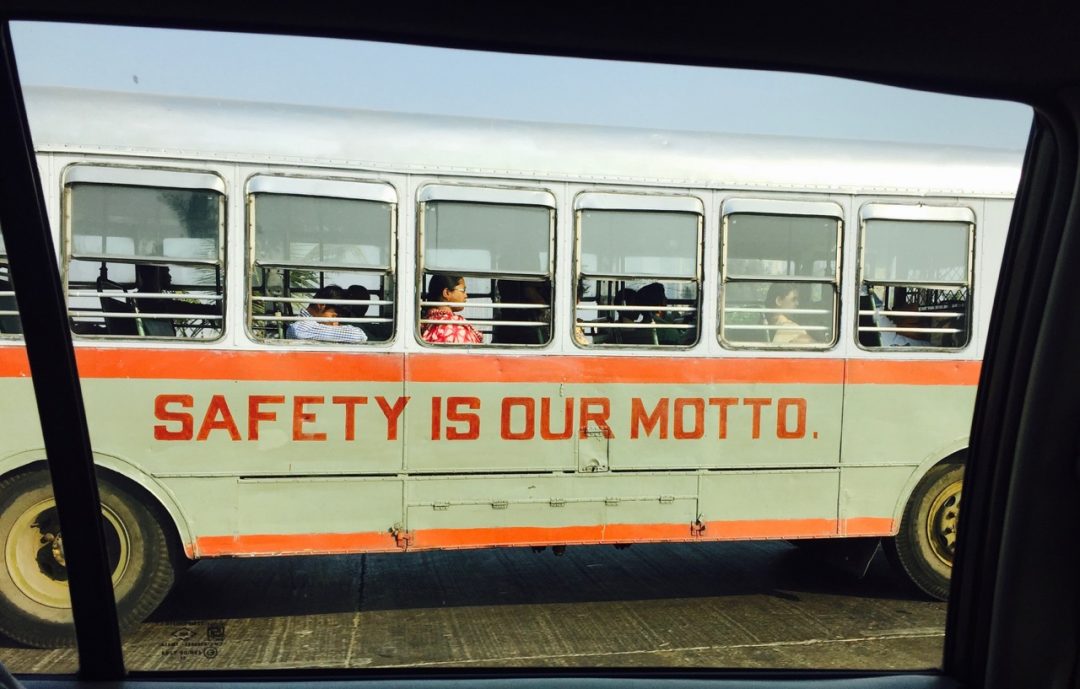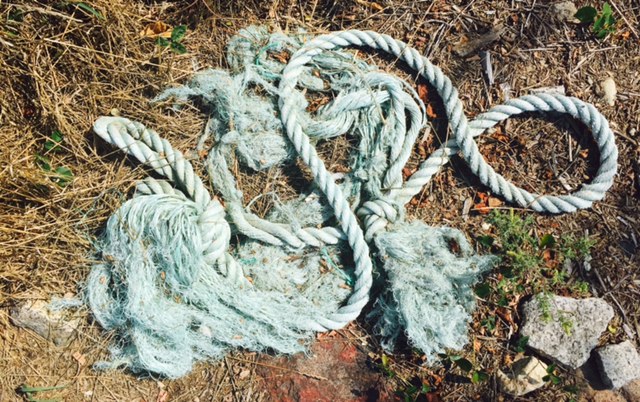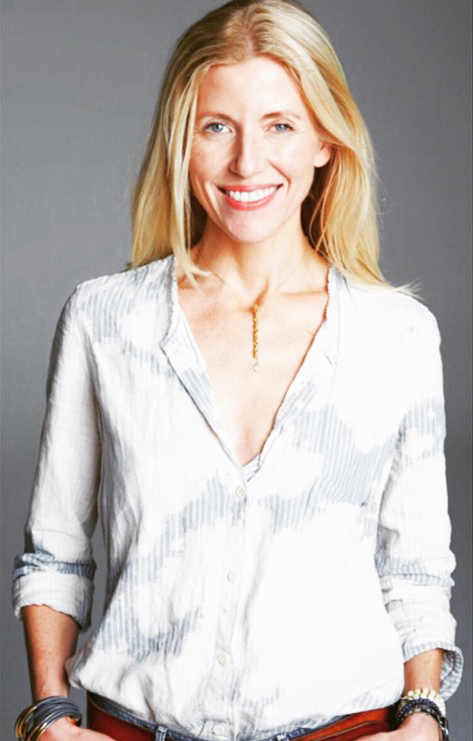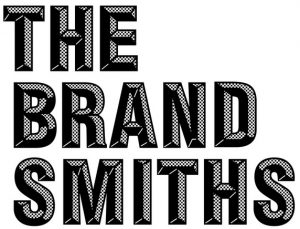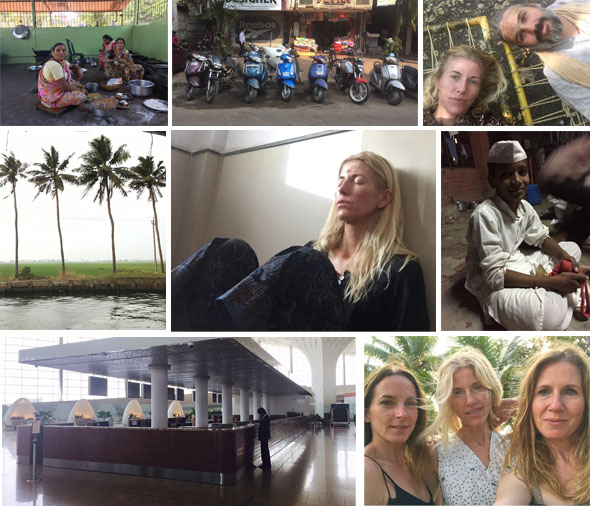
We (you, me) are obliged to tell stories in the name of commerce. We are all telling one — and it’s our job to do it, like it or not.
But as people, I’m not sure we have the same responsibility. Often times, when a profound or still-unfolding experience happens, it’s hard to put punctuation around it. It can feel so big — with aspects known, and others still unknown, that it’s hard to know how to answer:
“How are you?”
“How was the trip?”
“How was your year?”
These seem like innocuous questions. But often they force us to prematurely disclose at the cost of an invaluable plot line: that which is…
How am I (really)?
What do I ( really) think?
What does this (really) mean for me?
Which leads to…what to do?
A short answer feels untrue.
A long (more real one) might cost you the much-needed conversation you’re having internally, by assigning a story to something you don’t know yet.
Here’s the thing. We don’t owe marketing, messaging or status updates to the general public of our personal lives, and maintaining the vital membrane that holds genuine reflection together can take a conscious act of restraint.
Sometimes saying less — even if it’s not super true – is the right-est thing you can do. It may be your only hope in knowing what you really think.

